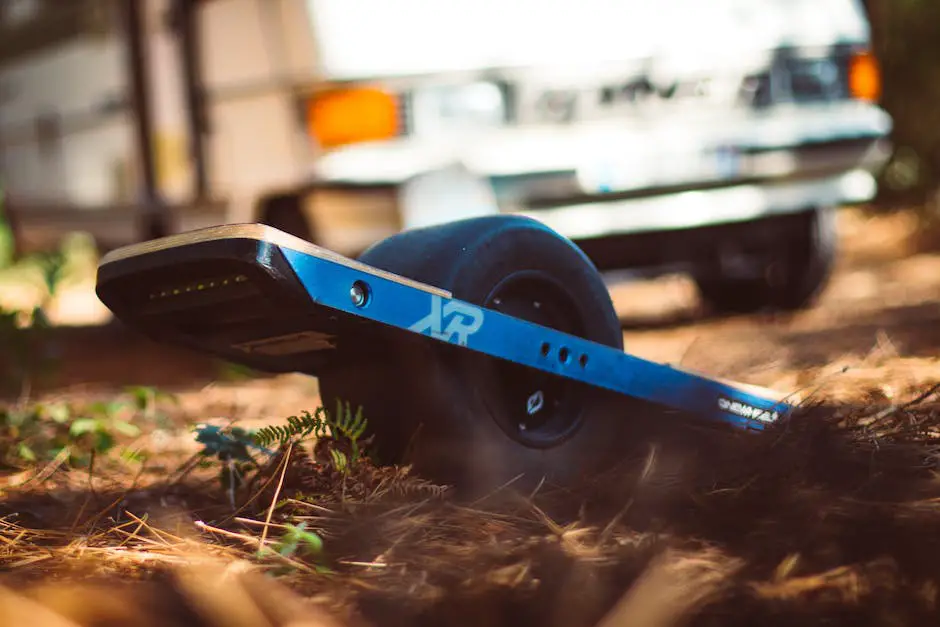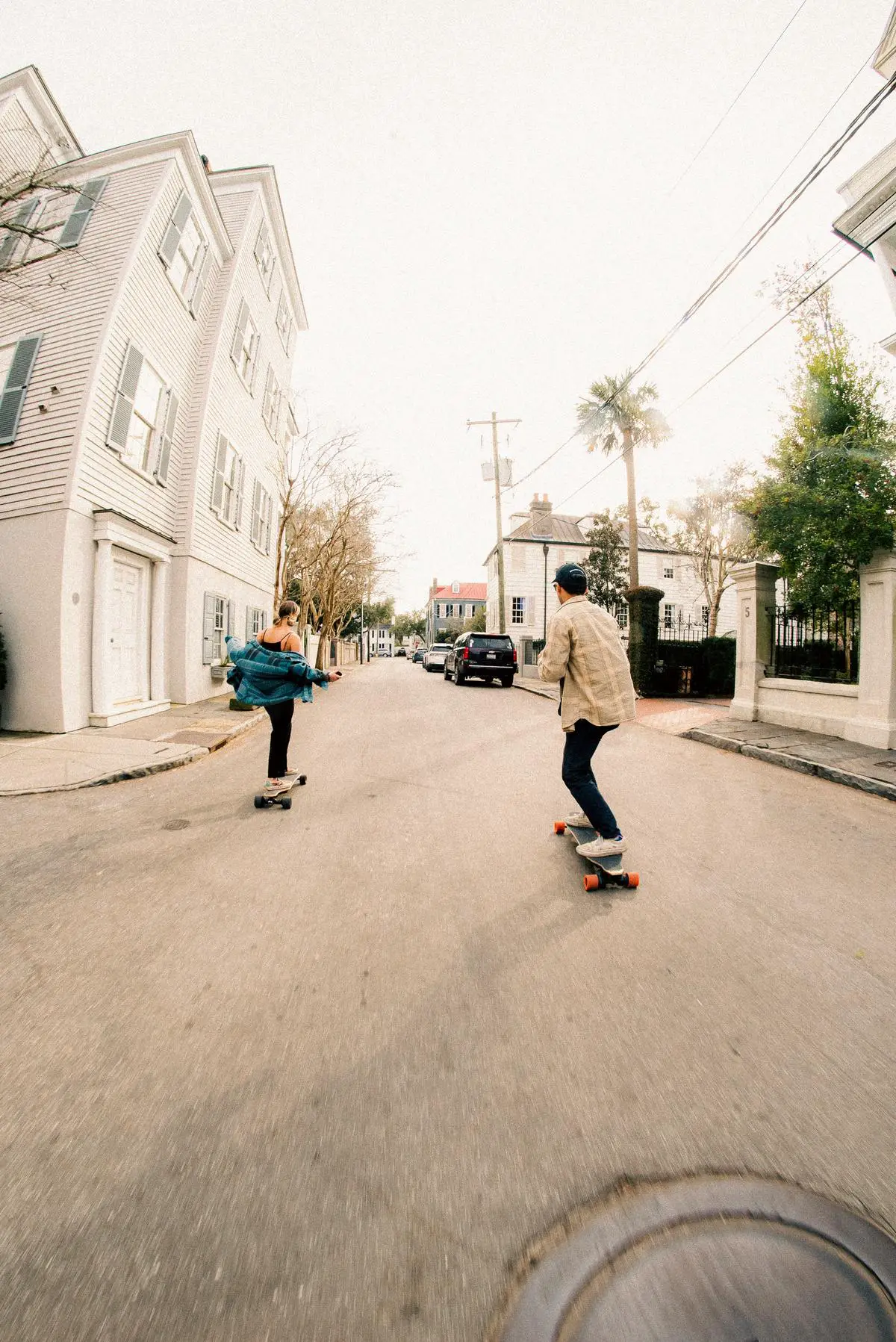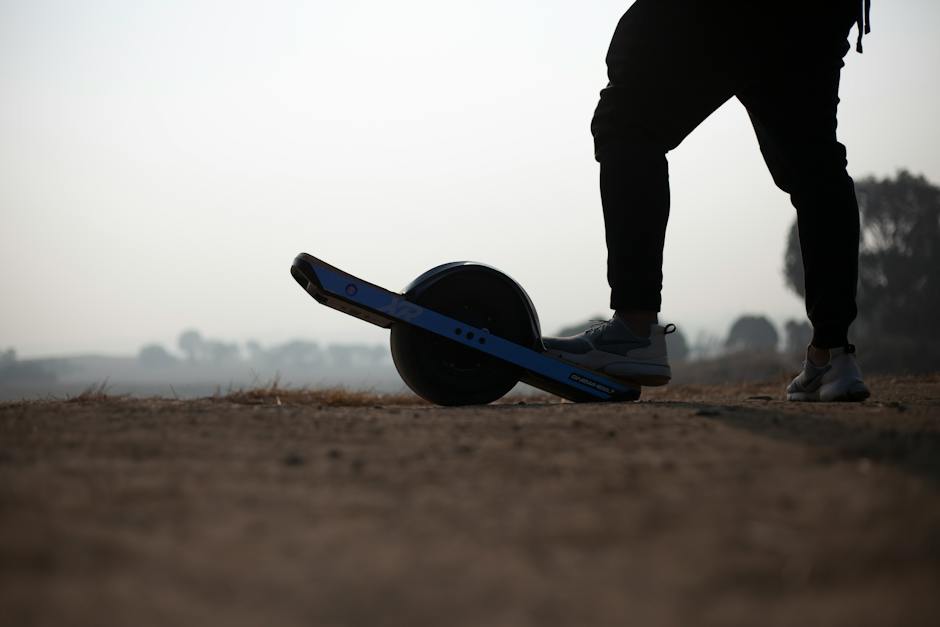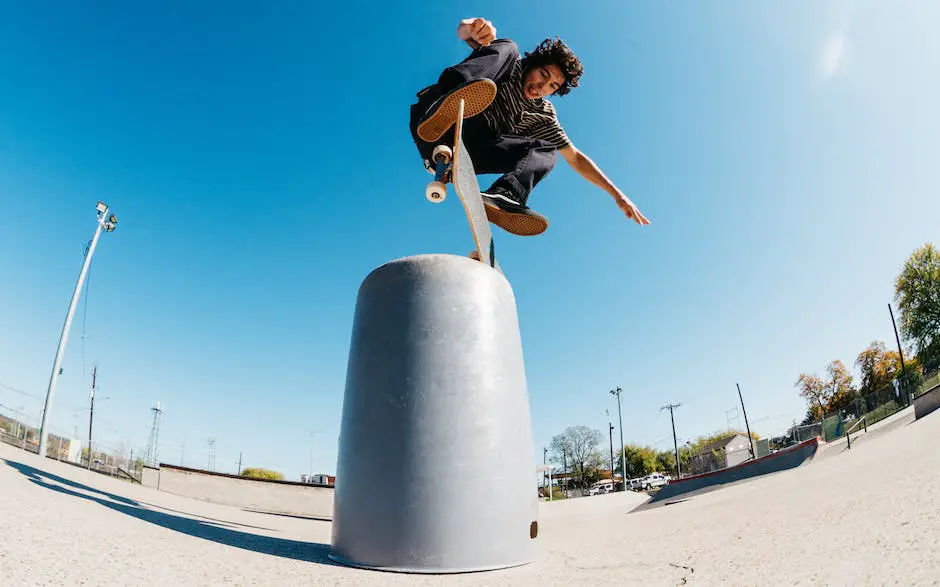The evolution of skateboarding from kick-pushing along sun-drenched boulevards to harnessing the whir of electric motors represents more than just a shift in technology—it marks a significant divide in user experience that warrants an in-depth comparison. In this analysis, we skate through the intricacies of performance and maneuverability, where electric skateboards surge ahead with their motor power, while traditional boards require a mastery of balance and technique. Beyond sheer velocity, the convenience and portability of each board type are pivotal factors in our urban tapestry, shaping decisions for commuters and recreation enthusiasts alike. We then carve into the learning curves and skill development associated with each style of skateboarding, shedding light on what beginners can expect. Finally, we weigh the financial considerations, juxtaposing the initial costs and ongoing maintenance of both electric and traditional skateboards. This exploration is tailored for the enthusiast seeking a comprehensive guide to understanding the varying user experiences offered by these two realms of skateboarding.
Performance and Maneuverability
Electric vs Traditional Skateboards: A Side-by-Side Performance Showdown
If you’re cruising around town or zipping through the streets, skateboards are the go-to for fun on wheels. But when it comes to choosing your ride, do you go with the classic kick-and-push skateboard or the modern thrill of an electric board? Let’s dive into the performance of electric and traditional skateboards to see how they stack up against each other.
First up, traditional skateboards. These bad boys are powered by good old-fashioned legwork. You push off the ground to get moving and use your feet to steer and brake. It’s like a mini workout! With traditional skateboards, you are totally in control of your speed, and the silent glide offers a pure, undisturbed skating experience. They’re lightweight and portable, making them perfect for tricks at the skate park or quick trips to the store.
Electric skateboards, on the other hand, are like having a secret motor in your pocket. With a remote control or even weight shifts, you can zoom around without breaking a sweat. They’re built for speed and can easily handle uphill climbs that would leave traditional skateboarders huffing and puffing. However, they come with a heftier weight due to the battery and motor, which can be a workout to carry if the battery runs out.
If you’re all about tricks and flips, traditional skateboards are your best bet. Their lightweight design just begs for aerial stunts and fancy footwork. Electric skateboards aren’t really meant for the skate park – they’re for getting around quickly and effortlessly.
When it comes to maintenance, traditional skateboards are simpler. If something breaks, often it’s a quick fix or a replacement of a part, and you’re back on the road. Electric skateboards require a bit more know-how for repairs since you’re dealing with batteries and electrical components.
Now, let’s talk cost. Traditional skateboards are kinder to your wallet, both upfront and in the long run, as they don’t have any electronic parts. Electric skateboards are pricier, and replacing parts like batteries can add up over time.
So, what’s the better board? It all comes down to what you’re looking for. Want a workout and the satisfaction of mastering those flicks and ollies? Traditional skateboards are calling your name. Prefer to soar through the streets with ease and speed? An electric skateboard might just be your new best friend. Each has its own appeal, and there’s no wrong answer in the quest for wheels that feel just right.

Convenience and Portability
Enticing enthusiasts and everyday commuters alike, electric skateboards have zipped their way into the spotlight, harnessing convenience as their superpower. Let’s cruise into what sets these contemporary cruisers apart from their traditional counterparts beyond the basics of speed, portability, and maintenance – the features that elevate the ride from mere movement to a modern marvel of mobility.
When considering the convenience of electric vs. traditional skateboards, one can’t help but notice the ease of control that electric boards offer. With a handy remote, riders command their speed and braking with the press of a button, unlike traditional skateboarding, where mastering the push, foot brake, and balance is an art on its own. It’s a game-changer for those looking to glide through the streets with minimal fuss and without breaking a sweat – literally.
Imagine facing a hill – a traditional skater’s nemesis. While manual pushers grit their teeth, electric skateboarders hit the throttle, turning that uphill battle into a breezy ascent thanks to motorized might. These boards aren’t just about flat ground fun; they thrive on varied terrain, putting less strain on the legs and more joy in the journey.
Battery life becomes an ally for the distance dreamers. Spanning multiple miles on a single charge, electric skateboards score points for those wanting to cover more ground without the endurance of a marathon runner. Say goodbye to the stop-and-go of kicking along sidewalks and hello to uninterrupted cruising that can even make a daily commute downright delightful.
Safety isn’t just a footnote here; it’s a headline. Electric skateboarders are gifted with the precision of electronic braking systems, building confidence along the curves and corners of concrete jungles. This might not make a skateboard helmet look any cooler, but it sure adds peace of mind when mingling with pedestrians or navigating traffic.
But here’s the kicker – customization. Many electric skateboards boast settings that can be tweaked and tuned to match the rider’s style. Whether it’s a gentle acceleration curve or a zippy reaction time, these boards adapt to preferences like a chameleon to colors. No longer is the rider adapting to the board; the board is adapting to them.
Lastly, let’s talk eco-footprint. While skateboarding might already be a green way to get around, electric skateboards shrug off emissions totally, giving Mother Earth a high-five with every trip. Recharge, ride, and repeat – all without a whiff of gas.
So, there’s more to electric skateboards than just pushing less and speed. It’s about enhancing the journey, matching the pace of life, and personalizing transportation in a way that traditional skateboards, for all their charm and street cred, simply can’t. Whether it’s making that morning meeting or filming a seamlessly smooth boardwalk video, electric skateboards offer a ticket to convenience without sacrificing the soul of skateboarding. Plug in, step on, and take the ride beyond the push.

Photo by trentpalmer on Unsplash
Skill Development and Learning Curve
When it comes to the learning curve of electric vs. traditional skateboarding, it’s like comparing the ease of learning to ride a bike to mastering a unicycle. Both have wheels and require balance, but the skills and approaches to learning are quite different. Let’s dive into what you can expect when deciding to hop onto an electric skateboard or keep it old school with a traditional one.
Electric skateboards are a game-changer for those not keen on pushing and building speed manually. With a remote in hand, new riders can start slowly and get a feel for their board without the added complexity of footwork. It’s a little like having training wheels, as the remote provides stability and control. Plus, tackling hills is no longer an exhausting uphill battle; the motors in electric skateboards mean you’re riding up slopes with the same ease as cruising on a flat path.
Another fantastic thing about electric skateboards is their extended ride times. Gone are the days of kicking the pavement to get from A to B. With a long battery life, riders can enjoy longer sessions before needing a recharge, making them great for commuting or leisurely rides around the park.
Safety is also a big plus when it comes to electric skateboards. The ability to stop with an electronic brake gives a feeling of security, especially for beginners who haven’t quite got the hang of foot braking. It’s a bit like having anti-lock brakes on a car – it provides control and helps to prevent mishaps.
For those into tech and customization, electric skateboards are a dream. Riders can tweak settings to find the perfect ride style that fits their preferences. It’s like having a car where you can adjust everything from the steering wheel to the seat position, ensuring maximum comfort and performance.
And let’s not forget the environmental angle. Electric skateboards are powered by electricity, meaning no harmful emissions. It’s like choosing a bike over a car for those short trips – the earth thanks you, and so will your conscience.
So while traditional skateboarding has its charm and skill, electric skateboarding offers a variety of benefits that cater to the modern rider, making the learning curve more a gentle slope than a steep hill. Whether it’s the easy control with a remote, the motorized boost uphill, the long rides, the enhanced safety features, or the customizable options that intrigue you, electric skateboarding is a hobby that brings together the thrill of riding with the advancements of technology in a way that’s accessible to anyone willing to give it a go.

Cost and Maintenance
Skateboarding has zoomed into the spotlight as a versatile hobby that spans age groups and cultures. Whether it’s the classic feel of pushing a traditional board along the pavement or the exhilarating speed of an electric version, there’s much to explore for skate enthusiasts. While earlier sections have touched upon various elements, from comparing these two types to discussing the techno thrills of electric skateboarding, let’s delve into some other aspects that could sway enthusiasts in one direction or the other.
One of the less glamorous, yet crucial aspects of skateboard ownership is the longevity and day-to-day upkeep of our beloved boards. Whether a skateboarding newbie or a kick-flipping old-timer, knowing how to keep a skateboard in top condition can be the difference between a smooth ride and a faceplant.
Starting with the deck, wheels, and bearings, traditional skateboards require regular maintenance checks. The deck might face wear and tear; grip tape loses its stickiness and decks can snap with heavy use. Wheels wear down and sometimes flat spot when sliding – and let’s not forget about those bearings, which need cleaning and lubrication to keep rolls smooth and free from dirt.
On the flip side, electric skateboards come with a few extra to-dos on the checklist, mainly due to their mechanical innards. Battery health is the heart of an electric skateboard – it’s vital to keep it charged, not overcharged, and stored properly. Motors also need attention to prevent overheating, and the belts driving the wheels require occasional replacements.
As for cost considerations, the spending doesn’t end when you first snag your skateboard. While the upfront cost of traditional skateboards can be considerably lower than their motorized counterparts, replacing worn parts like wheels, bearings, and decks adds up. The thing is, for electric skateboards, while replacement parts can be more expensive, they tend often to have a longer life span before needing a swap.
Another often-overlooked aspect is the convenience of electric skateboards when it comes to travel. Electric skateboards excel in daily commuting or longer rides, which can’t always be said for traditional skateboards that rely on rider stamina.
Ultimately, skateboarding, electric or traditional, is about fun and freedom. It can be a thrilling race along a winding path or a chilled cruise down the boardwalk. The choice between electric and traditional comes down to what each rider values most: the uninterrupted rush of a motor beneath their feet or the pure, satisfying pop of an ollie. No matter the preference, skateboarding in any form is a hobby that hooks the heart and doesn’t let go. Keep pushing, keep riding, and most importantly, skate on!

The journey through the contrasting landscapes of electric and traditional skateboarding reveals a complex tapestry of considerations, from the thrilling speeds and convenience of modern electric models to the intricate skills and time-honored traditions of their manual counterparts. Each board style champions its unique philosophy on transportation, recreation, and expression. Through this examination, enthusiasts are armed with the knowledge to select a board that not only aligns with their practical needs but also resonates with their personal skateboarding ethos. Whether it’s the silent satisfaction of mastering a manual ollie or the exhilarating convenience of accelerate-and-go, your chosen path on four wheels awaits, ready to redefine the very pavement beneath your feet.

